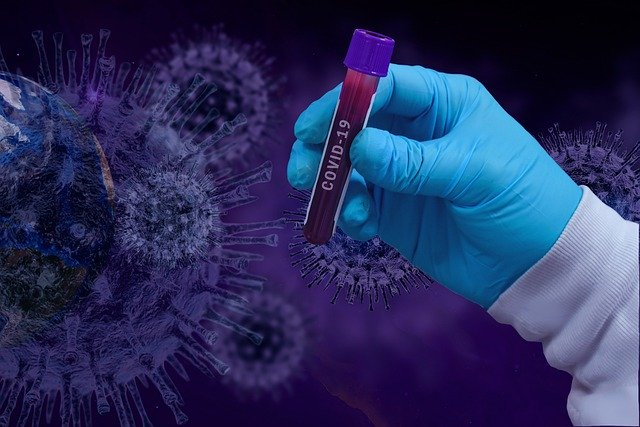China has confirmed that 'unauthorized labs' were ordered to destroy the coronavirus samples during the early phase of the outbreak. The country said on Friday, May 15, that this was done for biosafety reasons.
According to Hong Kong-based news outlet Liu Dengfeng, an official with the National Health Commission's science and education department said that the unauthorized labs were ordered to destroy the samples to "prevent the risk to laboratory biological safety and prevent secondary disasters caused by unidentified pathogens."
"The remarks made by some US officials were taken out of context and intended to confuse," Liu Dengfeng said during a briefing in Beijing.
The US Secretary of the State, Mike Pompeo, had repeatedly said that China is not providing the early samples of the outbreak that was detected late last year.

National Level Professional Institutes
The South China Morning Post quoted Liu Dengfeng as saying that when the outbreak began in Wuhan the "national level professional institutes" were given the task of identifying the pathogen that was causing the disease.
"Based on comprehensive research and expert opinion, we decided to temporarily manage the pathogen causing the pneumonia as Class II – highly pathogenic – and imposed biosafety requirements on sample collection, transport and experimental activities, as well as destroying the samples," Liu told SCMP.
Liu said this has been the protocol adopted by China while handling highly pathogenic samples, adding that this cannot be handled by other labs that do not meet the requirements. China has been under pressure to allow an inquiry on its handling of the coronavirus pandemic within the country. This has also led to the rising tensions between the U.S. and China.
In February, the provincial health commission asked the institutes and labs who were handling the pathogenic samples not to hand it over to anyone without an approval. The unauthorized labs with the highly pathogenic samples were requested to destroy them or give it to the municipal center for disease control and prevention for storage.
According to an article by Caixin, a Chinese magazine, some hospitals had sent the samples to private gene sequencing companies to identify the mysterious disease. The results obtained by the hospitals identified the new virus to be similar to the SARS. The report also said that one company had been asked to destroy all samples.
In December the National Health Commission had started to investigate the virus and informed the World Health Organisation. The Chinese health commission also refuted the claims made by US officials that China had refused WHO to visit the Wuhan Institute of Virology.
The US President and the Secretary of State had repeatedly argued that China had covered the missteps during the early phase of the outbreak in the country. Mike Pompeo had also said that Beijing had withheld the early samples which could have been used in the development of the vaccine.









